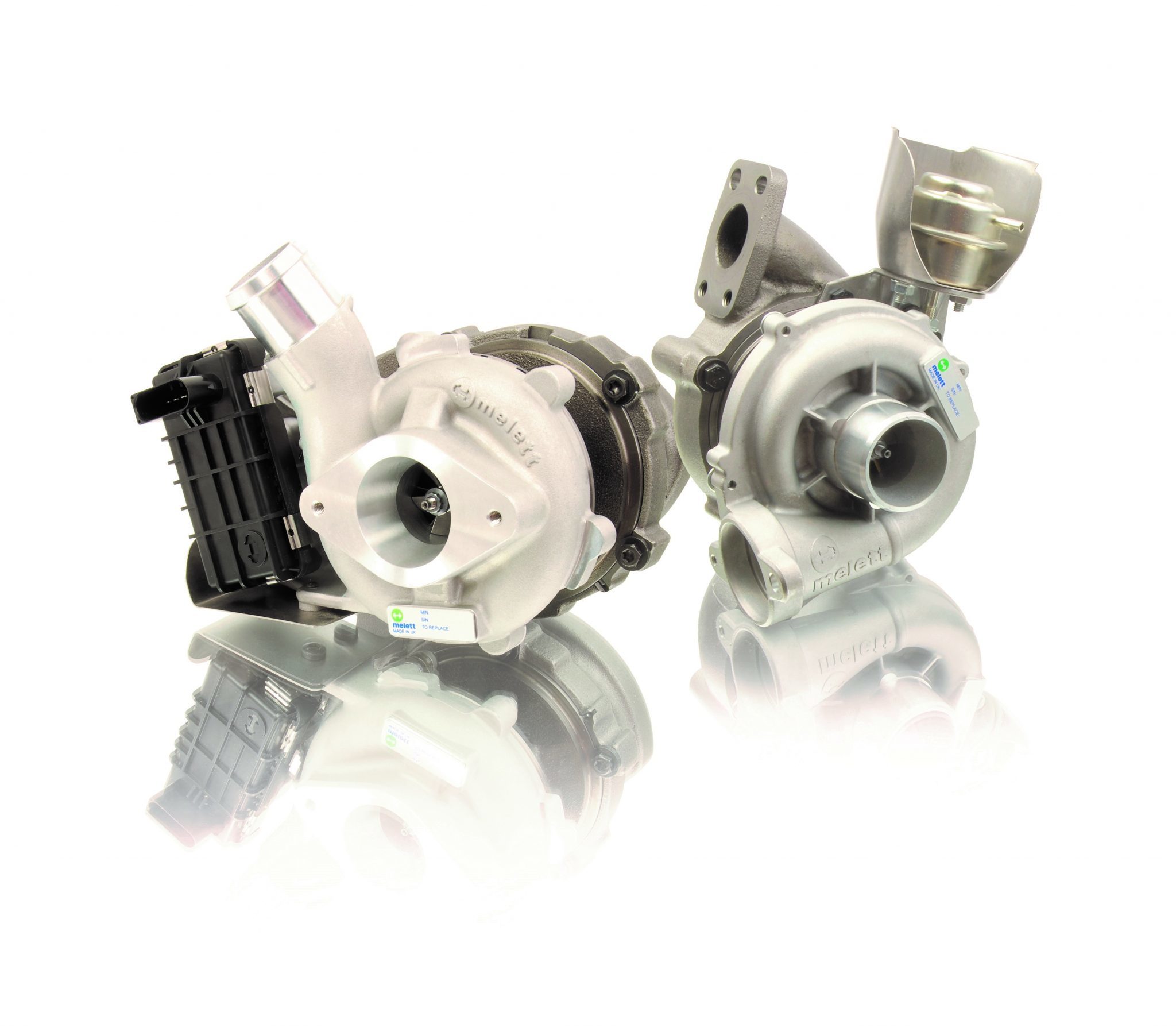Many cars will soon have 48-volt electrical systems. They’ll power stop-start motors, hybrid motors, and turbochargers, allowing for smaller engines with better fuel economy and performance.
They’ll handle accessories ranging from mechanical or hydraulic power to electric power such as power steering, power brakes, water pump, radiator cooling, and air conditioning.
These will be combination 12- and 48-volt systems with 12 volts for traditional lighting and infotainment, 48 volts for more power-hungry components.
Continuar a ler “Why Cars Are Moving to 48-Volt Electrical Systems”








